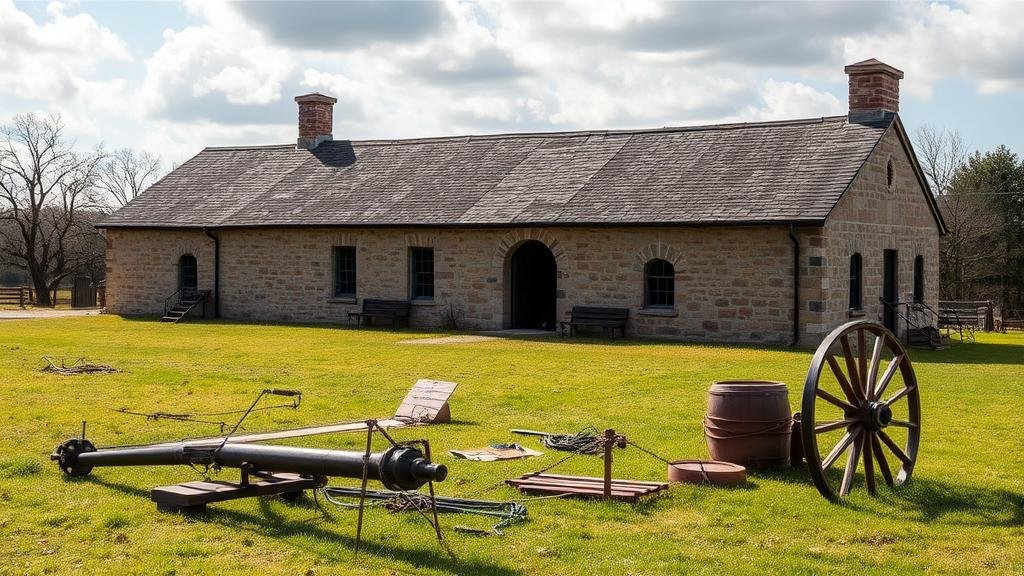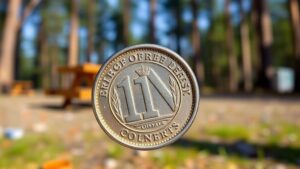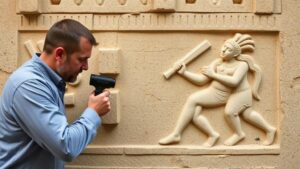Detecting Around Historical Battlefield Hospitals for Medical Tools and Supplies
Detecting Around Historical Battlefield Hospitals for Medical Tools and Supplies
The study of historical battlefield hospitals provides a unique glimpse into medical practices during wartime and uncovers artifacts that can shed light on the healthcare responses of various conflicts. Detecting for medical tools and supplies at these historical sites can yield invaluable insights. This article delves into methods of detection, the significance of findings, and case studies highlighting successful discoveries.
The Importance of Battlefield Hospitals
Battlefield hospitals played a critical role in treating soldiers during times of war. e facilities were often set up in makeshift scenarios, such as barns, schools, or tents, and operated under extreme conditions. Understanding their locations and operations enhances our knowledge of military medical history.
For example, during the American Civil War, hospitals were established near battlefields to provide immediate medical care. The Union Armys Army Medical Museum documented treatment methods, technology, and the evolution of medical supplies, providing a framework for modern medical care. detection of medical tools from these sites not only serves archaeological purposes but also informs modern practices.
Methods of Detection
Detecting for medical artifacts near historical battlefield hospitals employs various techniques tailored to the terrain and conditions of the site. Below are the most common methods used by archaeologists and historians:
- Magnetometry: This non-invasive method detects anomalies in magnetic fields, allowing researchers to identify metal objects buried below the surface. For example, studies at the Battle of Gettysburg have uncovered lead projectiles and medical implements, indicative of emergency care.
- Ground Penetrating Radar (GPR): GPR technology employs radar pulses to visualize sub-surface objects. It has proven effective in locating buried structures and can indicate areas where medical supplies may have been stored.
- Soil Resistivity Surveys: Changes in soil moisture and composition can highlight areas where medical tools and supplies were buried. This method has been successful in sites across Europe, where detecting soil along former hospital perimeters led to the discovery of surgical instruments.
Case Studies: Successful Discoveries
Real-world applications of these detection methods have yielded fascinating results. Two notable case studies illustrate the effectiveness of these techniques:
Case Study 1: The Battle of Shiloh
In 2016, archaeologists conducted GPR surveys at the Shiloh National Military Park in Tennessee, focusing on known hospital sites employed during the Civil War. survey revealed buried structures along with numerous artifacts, including medical instruments and personal items belonging to the soldiers. The findings provided evidence of field surgery practices and confirmed the chaotic conditions under which medical personnel operated.
Case Study 2: World War I Field Hospitals in Belgium
In Belgium, a combined team of archaeologists and historians utilized magnetometry to survey areas around World War I field hospitals. The research unveiled a significant quantity of medical supplies, including bandages, syringes, and surgical tools. artifacts not only highlighted the intensity of medical efforts during the war but also sparked renewed interest in the study of wartime medicine.
Challenges and Considerations
While detection methods are promising, several challenges may arise during the archaeological investigations of battlefield hospitals:
- Environmental Conditions: Weather variations can affect site accessibility and the functionality of detection tools. For example, damp conditions may impact resistivity surveys.
- Site Preservation: Many historical sites face threats from urban development and agricultural activities. It is crucial that archaeologists collaborate with local governments to protect these areas before excavation begins.
- Ethical Considerations: The recovery of human remains and personal artifacts necessitates sensitivity to historical significance. Engaging with descendant communities is vital to navigate these ethical landscapes.
Actionable Takeaways
Detecting around historical battlefield hospitals unearths artifacts that can illuminate medical practices from the past. Key takeaways for those interested in this field include:
- Use a combination of detection methods to enhance the accuracy and scope of archaeological finds.
- Engage with local historians and communities to gather context about the site and respect cultural significance.
- Promote collaboration among researchers to share findings and contribute to the broader understanding of medical history.
To wrap up, exploring historical battlefield hospitals through detection methods not only enriches our understanding of past medical practices but also preserves the legacy of those who worked tirelessly under challenging conditions. The intersection of technology and history opens new avenues for research and education, paving the way for future discoveries.



